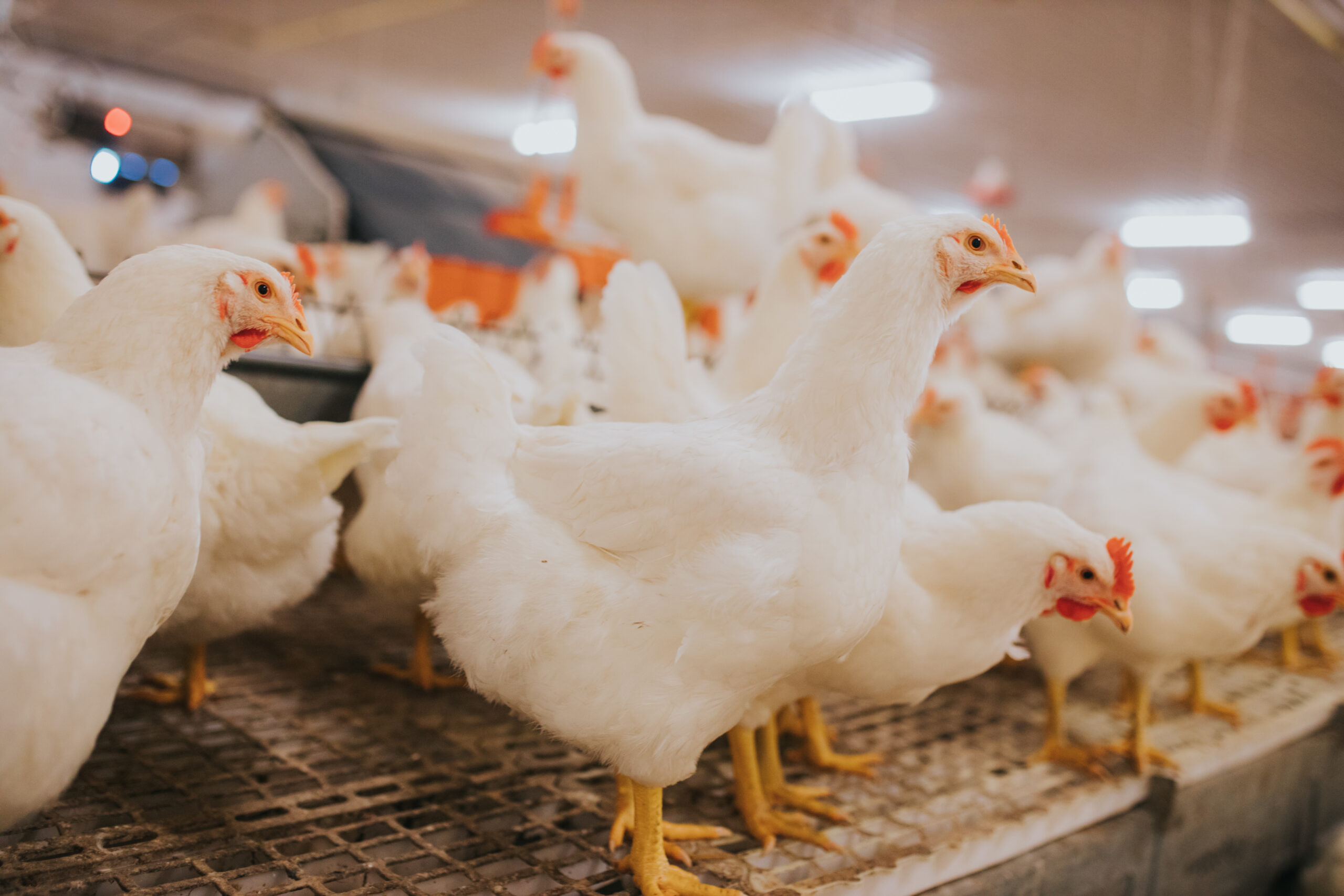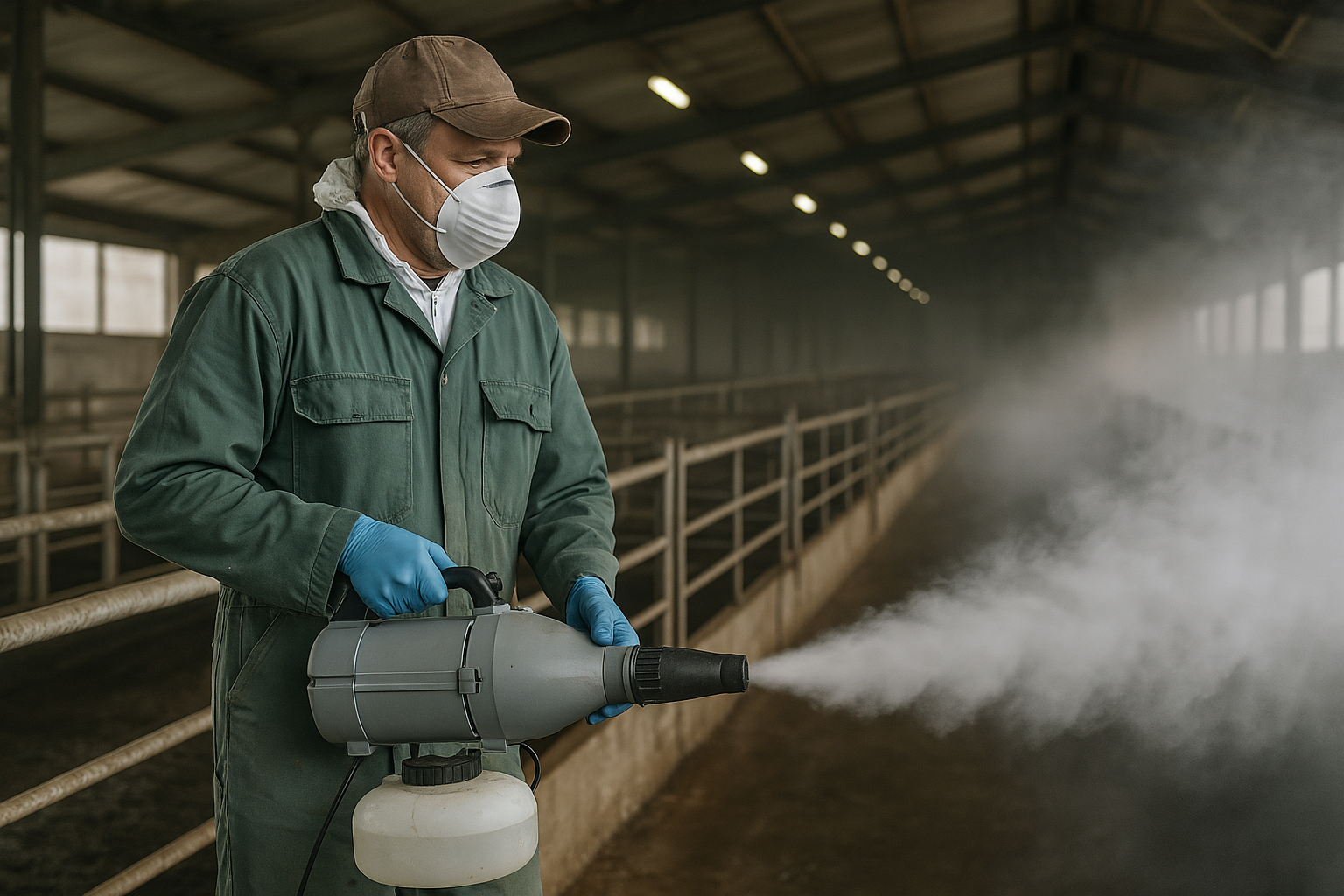In an era of greenwashing and buzzword overload, “chemical-free” often gets misconstrued as “ineffective.” But when it comes to SANI AMANZI™, being chemical-free doesn’t mean sacrificing performance—it means smarter chemistry.
This article dives deep into the powerful inorganic reagents inside SANI AMANZI™, breaking down the science of how it purifies water with surgical precision—without resorting to harmful chlorine or its toxic byproducts.
The Myth of Weak ‘Natural’ Formulas
Let’s confront the elephant in the room: many people assume that if a product isn’t chlorine-based, it must be “gentle” or somehow “less powerful.” In water treatment, however, the true benchmark of strength is pathogen-killing efficacy without collateral damage.
Meet the Molecules: What’s Inside Each SANI AMANZI™ Sachet
Each 6g sachet of SANI AMANZI™ contains a precision-engineered mix of powerful inorganic salts and natural earth-derived agents:
Potassium Peroxymonosulfate (MPS)
An advanced oxidiser that shatters microbial membranes and denatures proteins. It’s also highly effective against biofilms and resistant pathogens, including E. coli, Salmonella, and Cryptosporidium.
Sodium Persulfate
Boosts oxidation and complements MPS to enhance sanitisation, without creating harmful disinfection byproducts (DBPs) like trihalomethanes (THMs) or haloacetic acids (HAAs), common in chlorinated systems.
Bentonite Clay
A natural flocculant that binds suspended solids, heavy metals, and pesticides. It helps clarify murky water by aggregating fine particles into removable clumps.
Ascorbic Acid (Vitamin C)
Acts as a neutraliser and antioxidant. It mitigates residual oxidising agents, helping preserve the natural taste of water and prevent over-sanitisation.
Zinc Oxide + Alum
Dual-action agents that bind impurities, remove iron and nitrates, and enhance antimicrobial effectiveness while supporting gut microbiota compatibility.
Why No Chlorine? Let’s Talk Disinfection Byproducts
Chlorine may kill pathogens, but it also reacts with organic matter to create disinfection byproducts (DBPs)—some of which are proven carcinogens (e.g., THMs). These byproducts are linked to:
- Bladder cancer
- Reproductive toxicity
- Neurological disruption
- Gut microbiome damage
SANI AMANZI™ avoids this entirely by relying on non-halogenated inorganic oxidisers. That means no DBPs, no chemical aftertaste, no harm to gut flora, and no degradation of pipes or infrastructure.
A Molecular Perspective: SANI AMANZI™ vs. Chlorine
| Feature | SANI AMANZI™ | Chlorine |
| Oxidiser Type | Inorganic, non-halogen | Halogen (Cl₂, NaOCl) |
| Pathogen Kill Rate | 99.99% incl. resistant strains | High but not biofilm-effective |
| Byproducts | None | THMs, HAAs |
| Taste | Neutral | Bitter/chemical |
| Environmental Risk | Biodegradable, eco-safe | Aquatic toxicity |
| Shelf Life | 2 years | 6–12 months |
Conclusion: Nature + Science = Powerful Purification
SANI AMANZI™ isn’t just safe—it’s scientifically superior. By using an advanced blend of inorganic reagents, it delivers robust sanitisation while avoiding the risks and residue of conventional methods. Chemical-free no longer means weak. With SANI AMANZI™, it means smart, safe, and sustainable.



